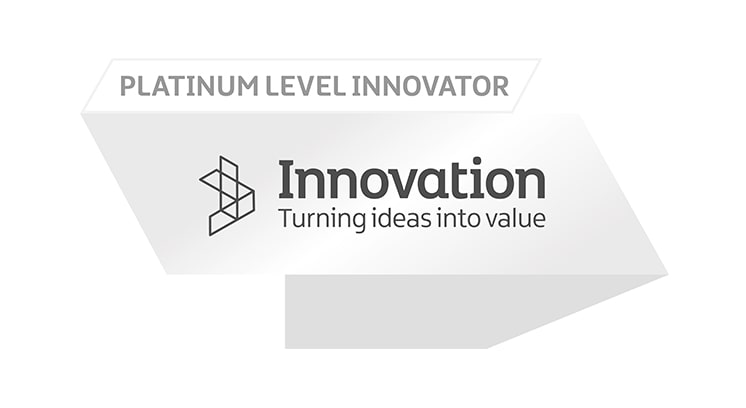In a recent study compiled by the Royal College of Nursing (RCN) and presented by The Guardian, 53% of nurses fear that quality of care is suffering, due to a lack of staff and adequate time to provide the level of care that is expected and required. It has emerged that 1 in 3 hospital nurses don’t have enough time to ensure that medication is received on time, to relieve patient’s pain or even have the time to talk to them. We explore how mobile working improves the quality of patient care.
The study further revealed that for 36% of nurses necessary tasks were left undone because of a simple lack of time, this included completing patient records – heightening risk to the patient. Paper based processes and lengthy, repetitive administration has long been a struggle for health and social care staff, taking up valuable time and sometimes resulting in patient record errors which we have explored in our previous blog on Healthcare and Patient Records.

Nurses Over-Prescribed Without Mobile Working Capabilities
With nurses over prescribed due to higher admissions, low staffing levels and high volumes of administration, many find themselves caring for up to 25 hospital patients at a time, when guidelines state that to ensure patient safety it should be no more than 8. Without adequate time to complete their jobs or provide the levels of care they were trained to, staff are under continuous pressure and suffer low morale that leave 53% sad or upset that they could not provide the minimum standard of care.
The current situation of staffing levels sees the NHS running so short on nurses that wards are routinely understaffed, there are 40,000 current vacancies. Add these staffing pressures to the overcrowding issues, where hospitals are seeing a 30-year decline in the number of beds available, and the situation is quickly spiralling.
How Mobile Working Improves Quality of Care in the NHS
It highlights the continued need for the digitalisation of the NHS and health care as a whole. With mobile workforce management, lengthy paper-based processes and administration can be reduced and replaced with efficient workflows, intuitive forms, verbal note taking, images and digital signatures. All patient information can be stored and is readily available and accessed on staff devices at the point of care. With intuitive forms, staff are able to follow a complete series of tasks that ensures health and safety and compliance is met at all times. Hospital staff are able to provide care whilst being supported with mobile solutions designed to make life easier.

The Benefits of Mobile Working
The positive results from the implementation of a mobile workforce management solution would see staff being used more efficiently, giving back valuable time that can be used to the benefit of the patient. By giving back additional resources, the current over-reliance on agency staff could be reduced, whilst simultaneously improving retention as staff are equipped with the tools they need to maintain a better work-life balance. Instead of taking additional administration home, or as the report has highlighted going home with low morale, staff instead can feel increased satisfaction that they are doing the job they were trained to do. But most importantly, mobile workforce management and the digitalisation of patient care would ensure that patients receive the care and attention they deserve, with the confidence that their records are accessible and relevant to their health needs.
The transformative opportunity of mobile workforce management reaches further than the public health service, within local social care it can help increase capacity and efficiency so that discharges from hospitals can be supported in the community, returning patients to their homes and freeing up much needed beds.

With the investment in mobile workforce management solutions, the public health sector will be able to increase the time that nurses have in their daily routine through more efficient processes, a reduction in administration and access to information at the point of care. Giving them back the essential time they need to care for patients at all stages. By promoting mobile workforce management throughout health and social care, interoperability between these key pillars of society becomes achievable, providing a more integrated view of a patient’s health and wellbeing.







